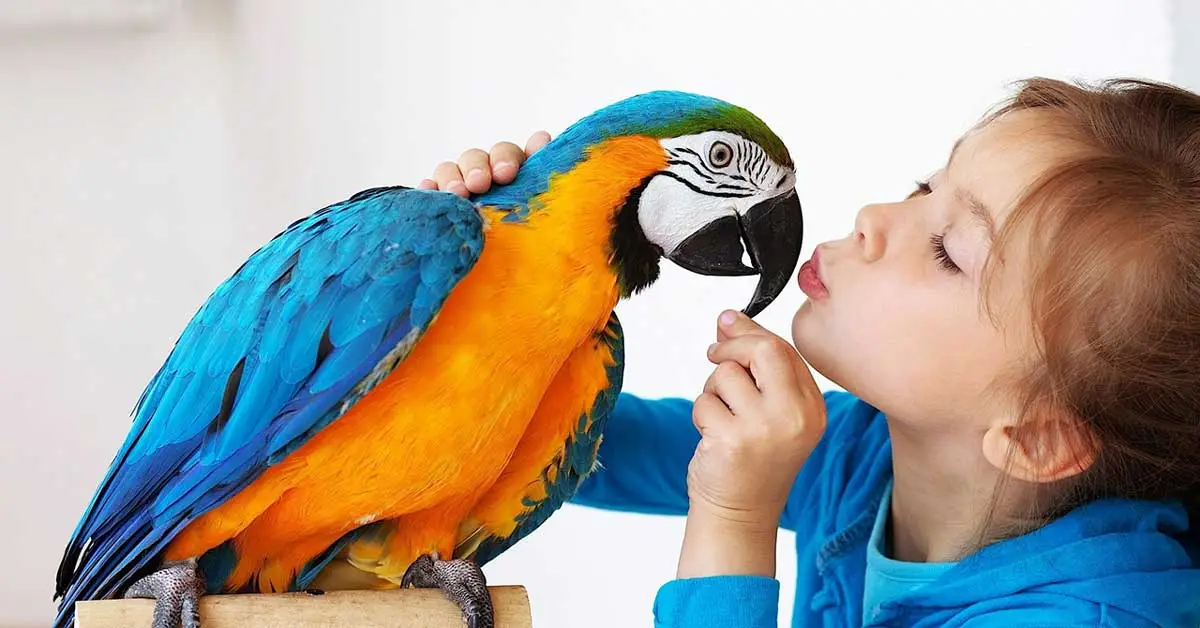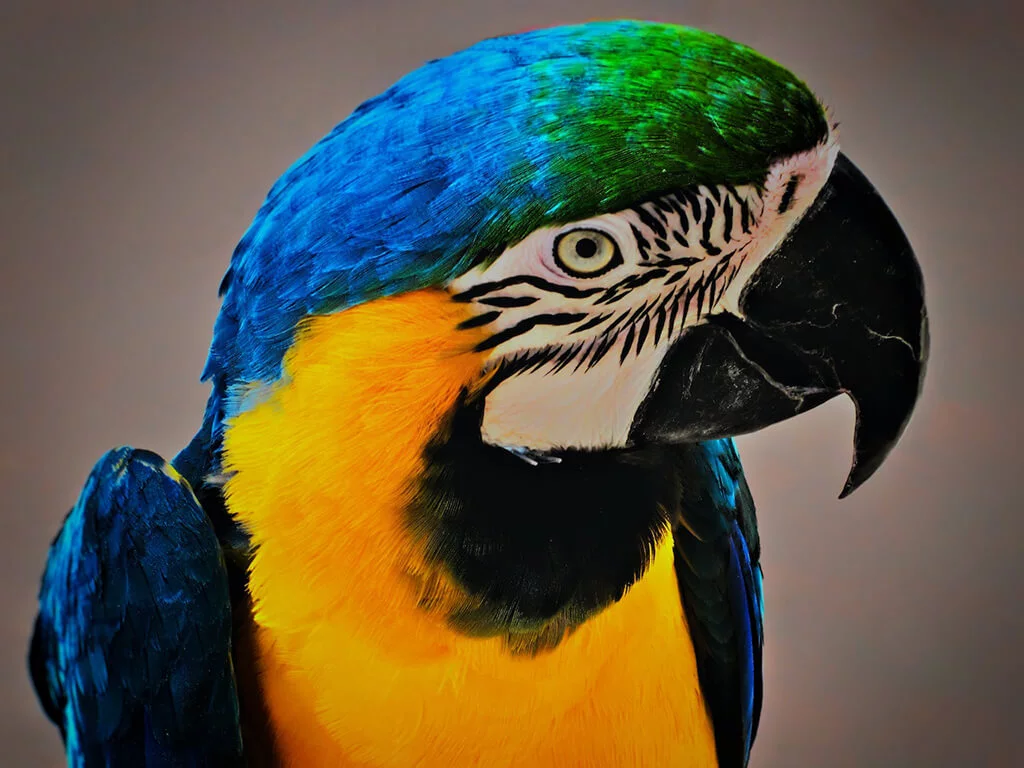If you’ve ever wondered how to establish a deep and meaningful bond with your bird training, you’ve come to the right place. In this post, we will take you through a step-by-step process that will empower you to effectively train your bird.
Whether you have a parrot, canary, or any other type of bird, these proven techniques and expert tips will help achieve success in your training endeavors.
Get ready to uncover the secrets that will strengthen the relationship between you and your avian friend. It’s time to embark on an exciting journey of bird training and witness the transformation that awaits both you and your feathered companion.
Let’s dive in and unlock the secrets of successful bird training together!
About Bird Training
Birds are fascinating, beautiful, incredible creatures that are far more intelligent than our common pets. Birds are also known as symbols of peace. Birds can learn very quickly compared to other animals. So your bird may be easier to train than other animals.
First, you need to know the basic rules for training your birds then training the birds can be easier for you. Always try to stay close to your bird, then you and your bird’s bonding will be strong slowly.
Before training your bird, you need to decorate your bird cage so that your bird likes it. Because birds love to play with toys. Remember that time, practice, and patience are the keys to the success of your bird!
A Basic Rule for Training Your Bird at Home
Wing Feather Clipping
Do not attempt to remove your bird from its cage until its wings have been clipped. If your bird’s wings are not clipped, your bird may escape. So, when you bring birds home, first clip their wing feathers.
Set a Practice Schedule
Birds are such sensitive and emotional creatures, and you need to give them a reward after understanding your lesson. Training is an activity that will give you and your pet plenty of satisfaction as long as you keep a positive attitude and remember to exercise regularly.
Choose a good location for training your bird. You should train your bird in a peaceful and distraction-free environment. Your bird may become aggressive during its training, so keep training sessions short.
Incorporating training into your bird’s daily routine will encourage him to look forward to and anticipate training sessions while helping him retain the information being taught.
Your training session should always end on a good note, such as giving your bird verbal praise or a treat.
Use Your Hand to Train Your Bird
When you put your hand in its cage, your bird won’t roll over. Your bird may not immediately feel comfortable climbing on your hand, so he needs to get used to your hand first. You have to repeat this daily until the bird gets used to it.
It may take several tries before your bird is ready to take treats from your hand. Try giving the bird a treat when you reach into the cage. Once you can feed your bird from your hand, you are well on your way to establishing “hand trust.”
- For a few weeks, insert your hand into the cage several times a day, but this time, hold a perch or stick in your hand. Your goal is to get the bird to step onto the perch.
- When the bird gets used to your hand perch, start letting him step on it. Hold it at the right corner of the bird’s body and gently nudge him in the chest. This will set off his reflex to “step up.”
- When the bird is comfortable standing on a hand-held perch, you can begin training your bird to stand on your hand alone. During each training time, move your hand farther down the perch—and closer to the bird.
Teach The Bird to Talk
Teaching a bird to talk can take a long time, and some birds take longer than others. At first, your bird may simply grumble or chatter. Don’t think your bird won’t do much more than that. This is how birds practice speaking.
Choose a cute and simple name for your birds. First, teach your bird to say its name. Because birds learn by repetition, be prepared to repeat the word every day for several days or weeks until your bird says it.
Praise your bird and give it a treat while repeating the sound. You can say things like, “Wow,” ” Nice,” “Good baby,” or “That’s great!” Some birds learn to pronounce if they are spoken to enthusiastically and happily. Suddenly, one day you will hear your bird talking.
Once this is done, new words usually come quickly. Then start teaching your bird concepts. For example, say “good morning” when you greet your bird each morning and “bye-bye” when you leave. In this way, you can teach your bird to speak.
Training with Positive Reinforcement
Intelligent animals like birds respond incredibly well to positive reinforcement. Positive reinforcement works by rewarding good behavior while ignoring bad behavior. Unwanted behavior gets no reward.
The trick to using this technique with birds is to quickly identify the desired behavior so you can reward it, and also identify what the reward will be. The reward for some birds might be a food treat, while for others it might be your attention.
Conclusion
Congratulations! You’ve now unlocked the secrets of bird training through our comprehensive step-by-step guide. By implementing the proven techniques and expert tips shared in this article, you have the power to create a strong bond and establish effective communication with your feathered companion.
Remember, patience, consistency, and positive reinforcement are key elements in successful bird training. Keep practicing and adapting your approach as needed.
With your newfound knowledge, you’re well-equipped to embark on an incredible journey with your bird, filled with joy, companionship, and shared experiences. Happy bird training!
FAQ
Is training a bird easy?
Some birds are easy to train, and some are not so easy to train. To train a bird you need to spend most of your time with your bird. Some birds are highly intelligent and can learn to solve puzzles, play games, do tricks, and even vocalize.
Do birds love humans?
Not all birds but some bird love to get close to humans. These birds develop an emotional bond with humans rather than an attachment to other animals. And if you feed them regularly, they will come to you every day.
Do the birds know what they are talking about?
At first, they don’t know what they are saying they just simply mimic their owner. But after passing the time, they try to understand what they are saying.

– the man behind this blog, who an unwavering for all pets, from dogs and cats to birds and fish. With a wealth of knowledge and experience, David shares insightful blogs about pets, along with food and equipment reviews. Join him on this pet-loving journey and enrich your pet ownership experience to the fullest.





